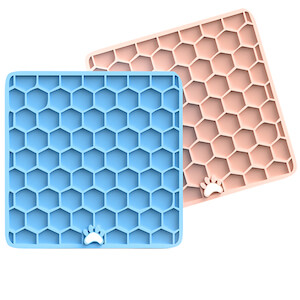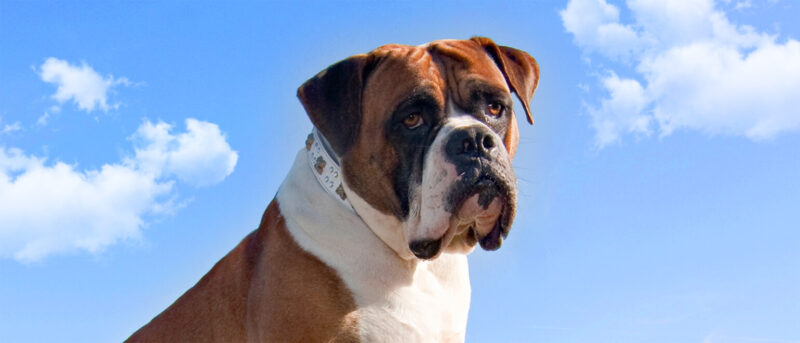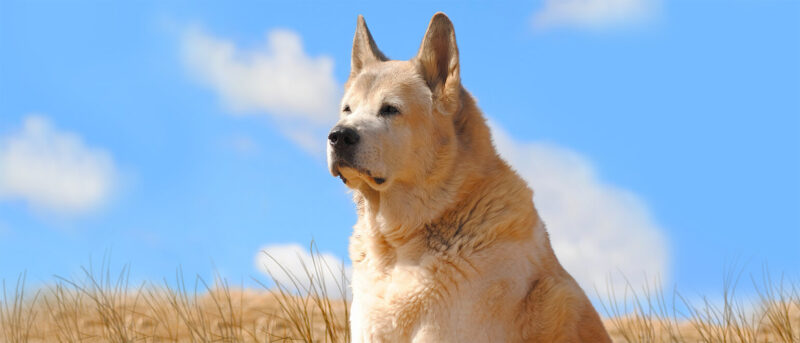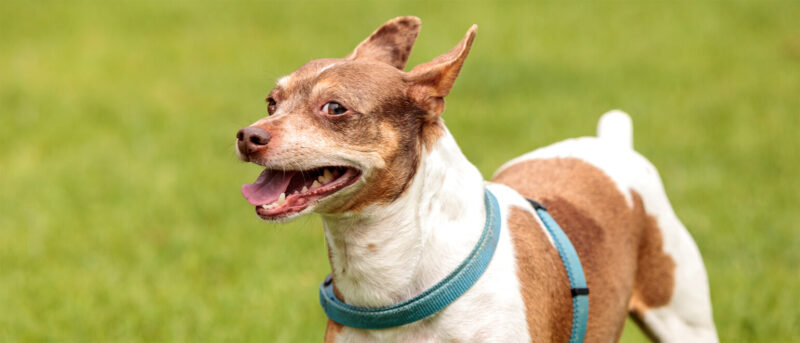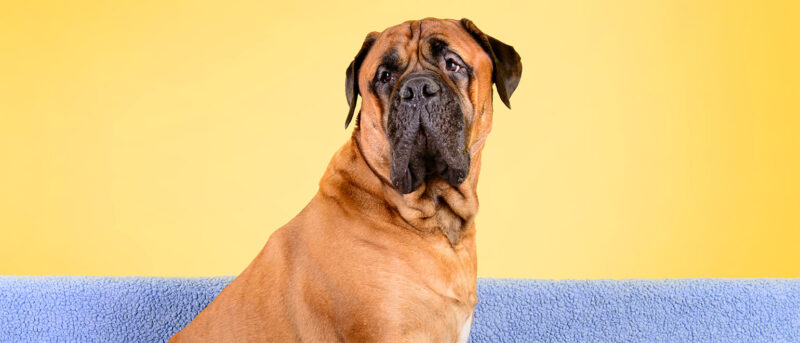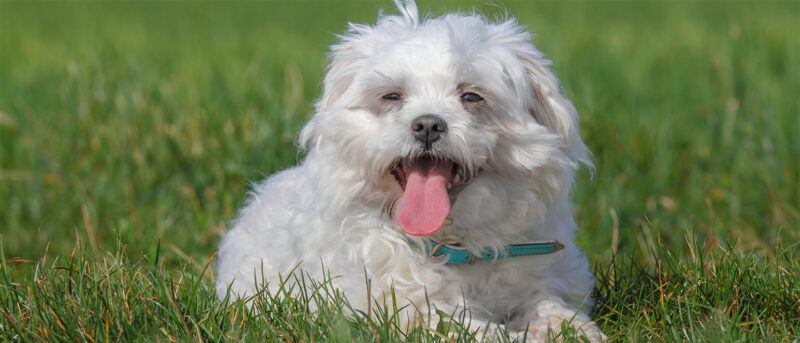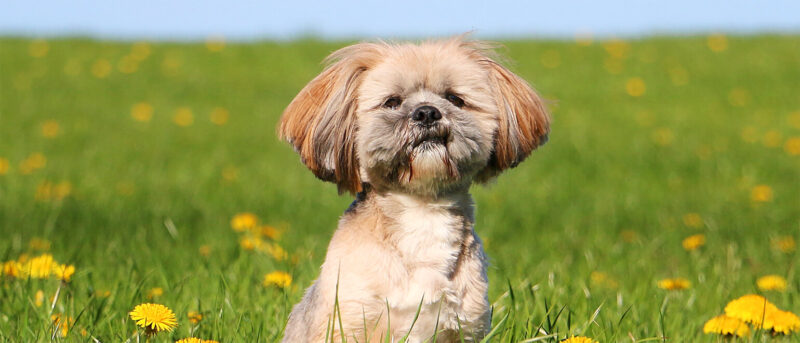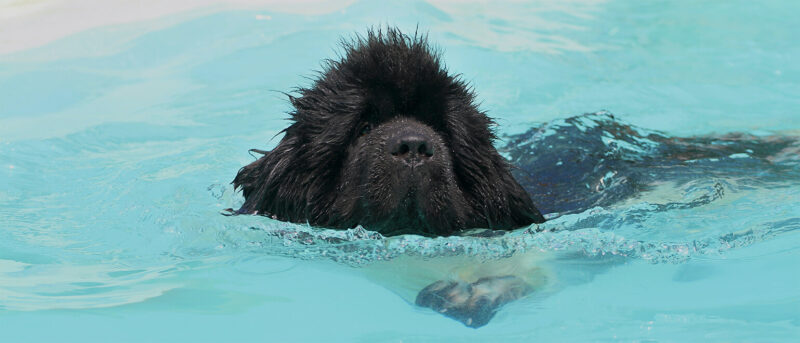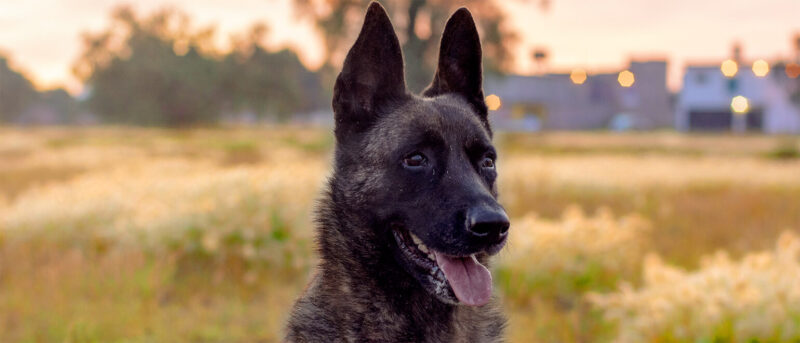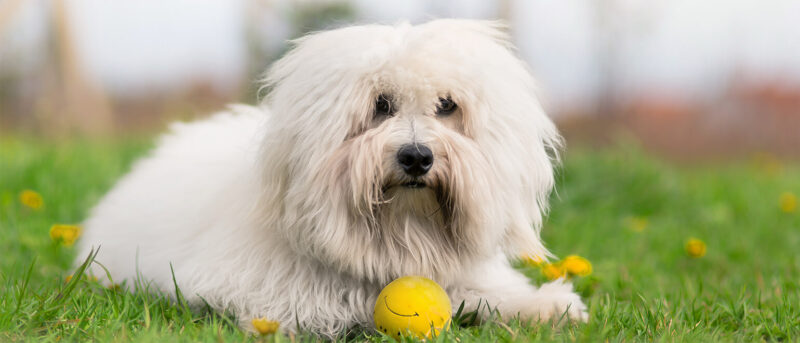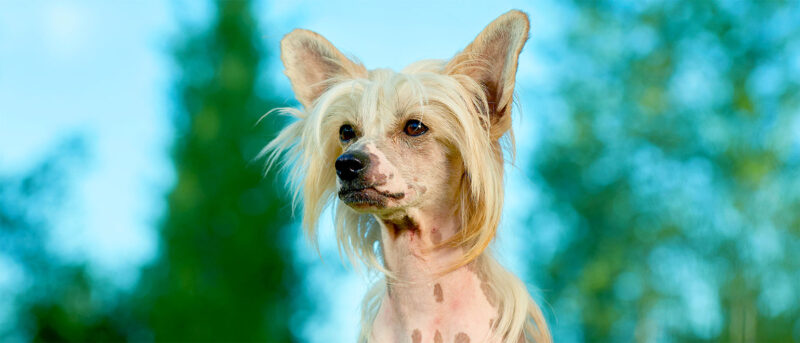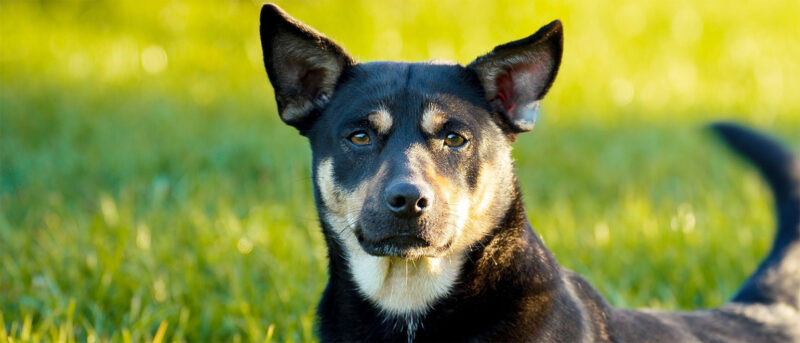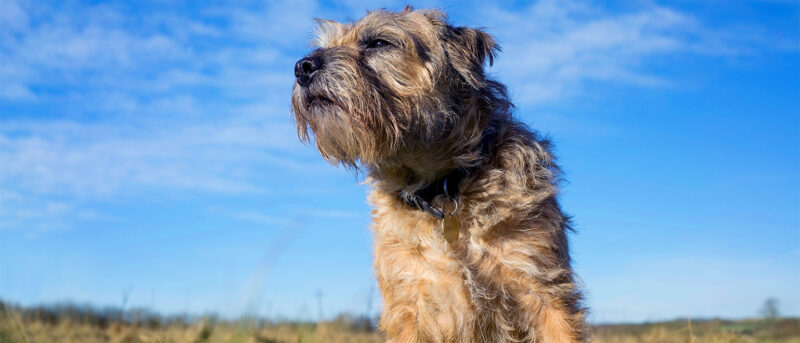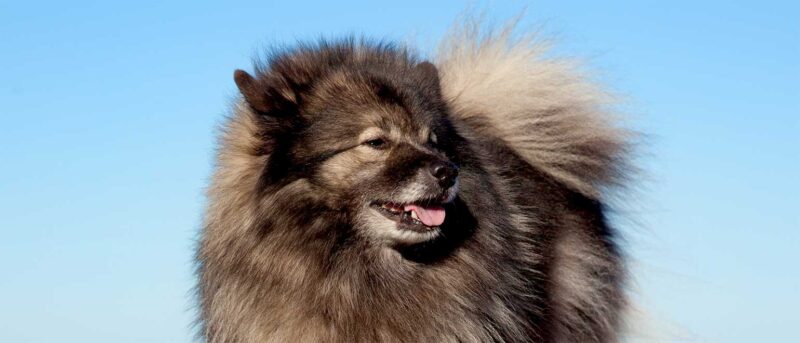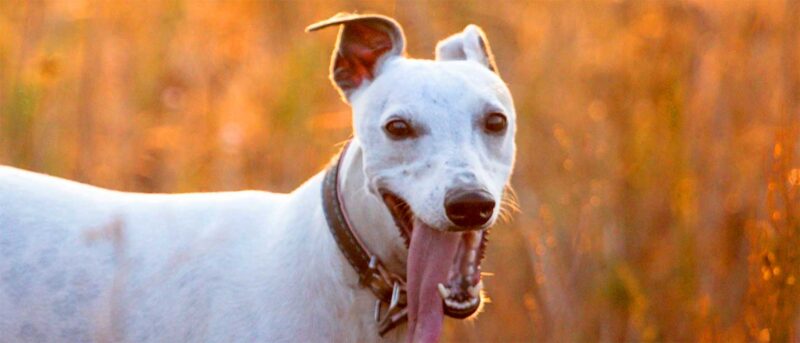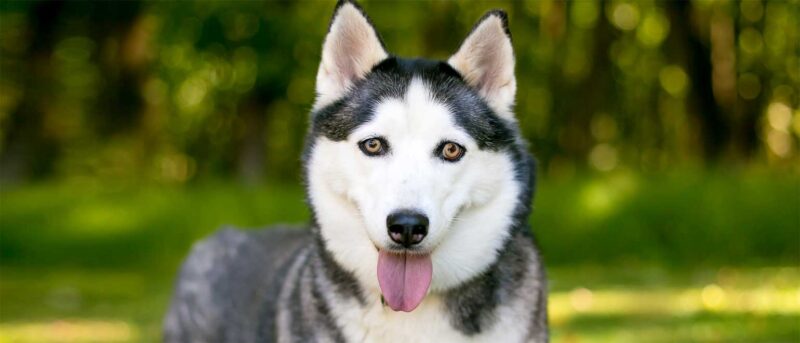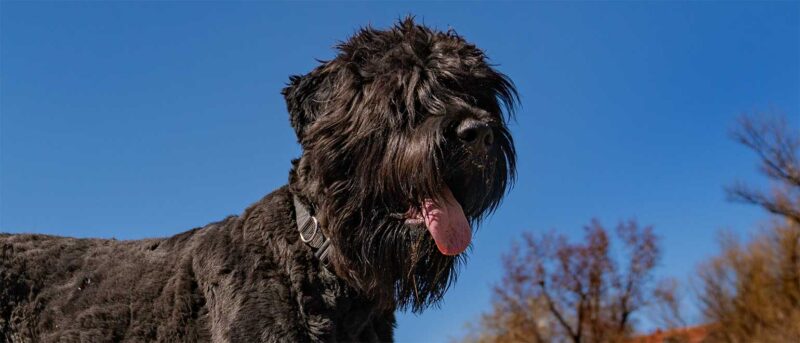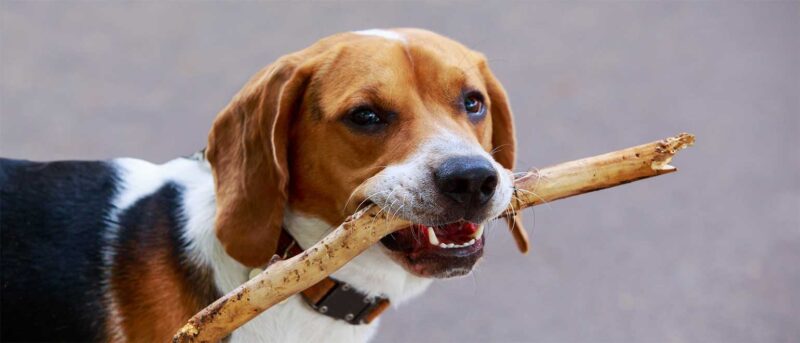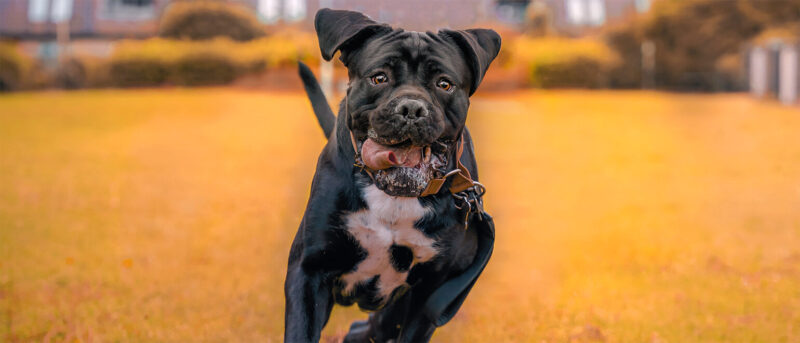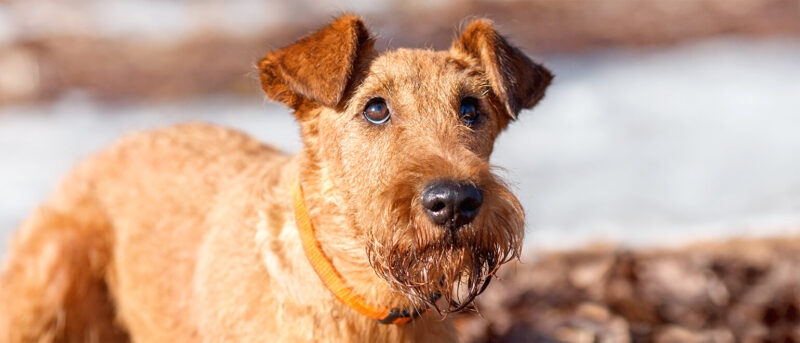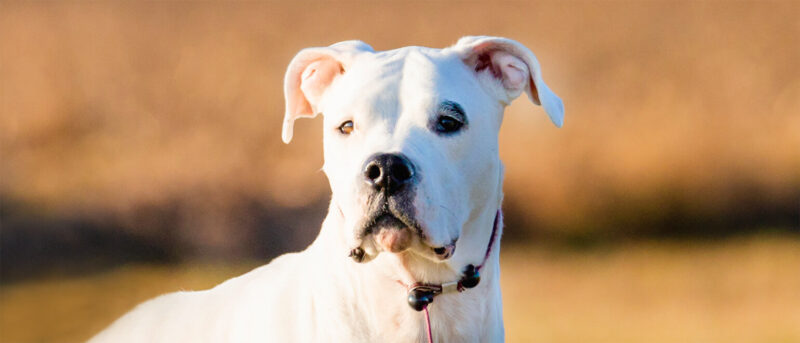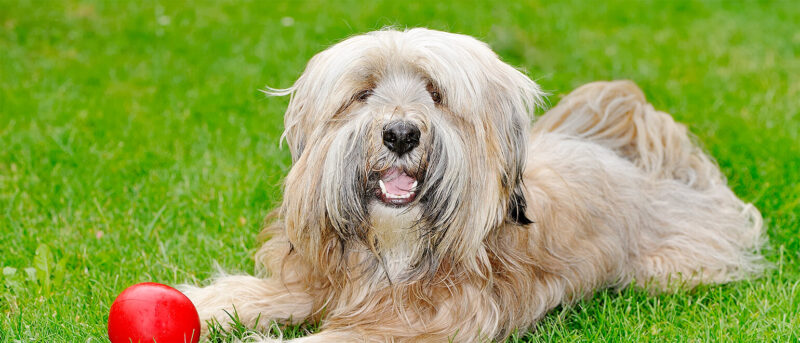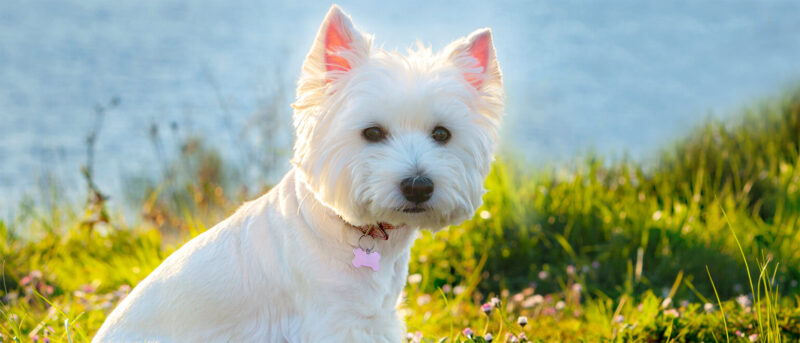English Pointer: Guide to the Impressive Game Hunter [Temperament, Care, & More]
The English Pointer is a distinguished breed known for its impressive hunting abilities. Known for their “pointing”, the English Pointer uses its athleticism and a strong sense of smell to be a top game hunter. When a dog “points,” it stands motionless, using its keen sense of smell to locate birds and other game for […]
The English Pointer is a distinguished breed known for its impressive hunting abilities. Known for their “pointing”, the English Pointer uses its athleticism and a strong sense of smell to be a top game hunter. When a dog “points,” it stands motionless, using its keen sense of smell to locate birds and other game for hunters.
In addition to the Pointer’s rich lineage as a hunting dog, they are also wonderful family dogs. These pups are full of energy and thrive when placed in the home of an active family. English Pointers are typically easy-going and this loving loving breed doesn’t require extensive care.
To see if the beautiful English Pointer is the right breed for your home, follow along with our helpful and informative guide.
English Pointer Characteristics (Physical)
An active dog bred specifically for sports, the Pointer has an unquestionably athletic appearance. Muscular and full of stamina, the Pointer has a powerful body that is both graceful and agile. This noble breed holds its head high with an intelligent and alert expression.
English Pointer Size
Pointers are considered medium-sized dogs. Males of this breed typically weigh up to 75 pounds and measure 28 inches at the shoulder. Females are much smaller and can weigh as little as 45 pounds.
Head
The Pointer typically has chiseled cheeks, a slight furrow between its dark eyes, and a decent-sized muzzle. According to the breed standards from the American Kennel Club, “the darker the better” when it comes to the eyes of this furry hunter.
Neck and Shoulders
The shoulders of the Pointer are long, slim, and sloping while the neck is long and muscular.
Torso
This breed’s chest is deep and wide with well-formed ribs and a tuck-up that is noticeable yet not overly pronounced.
Tail
The Pointer’s tail is thick at the base and then finely tapers to a point at the end. Their tails must not be longer “than to the hock”. Their tails do not curl and are never carried between the legs.
Gait
The English Pointer has oval-shaped, well-padded feet that support a smooth and “frictionless” gate. The AKC notes that their fate should “give the impression of a well-balanced, strongly-built hunting dog”. It’s apparent when the Pointer walks that they have powerful hindquarters and impressive stamina.
English Pointer Personality
Due to their origins as a hunting dog, this independent breed can be a bit strong-willed and stubborn. Some experts recommend that you search for English Pointers bred specifically to be a pet for an optimal fit into your family life.
Pointers are known for their loyalty and determination. While they aren’t typically used as watchdogs, they will alert their family if a stranger approaches their territory. They adore spending time with their family and form strong attachments to their family, especially with children in the household.
The Pointer is very active and can even be a bit rambunctious. Ideally, these high-energy dogs need a home with a yard as an apartment may be a bit too cramped for this active dog. Always keep an eye on them as they are known for jumping and tossing things around!
Potential dog owners will be glad to hear that English Pointers are not known to bark. Excessively barking for a Pointer likely means that they are under-stimulated or a stranger is approaching the house.
English Pointer Exercise
To be happy and healthy, the English Pointer needs a lot of exercise. When the English Pointer doesn’t receive enough exercise, they may become destructive due to excess energy. It is recommended that you make sure your English Pointer spends at least two hours a day exercising.
To ensure your English Pointer gets the exercise it needs, take them for regular walks, runs, and hikes while using a harness to prevent them from chasing animals on trails. Multiple daily walks are ideal, as Pointers have the stamina to enjoy long hikes all day long.
Agility training is a rewarding way to keep your Pointer active and engaged. Given their instinctual need for purposeful work, agility exercises will stimulate them in a fulfilling way, leaving them satisfied and proud of their achievements.
That being said, any form of exercise that will exert their energy is ideal. The goal is to make them too tired to cause trouble at home.
English Pointer Training
Intelligent and loyal, the Pointer loves to please. However, their strong will can make training challenging. Experts recommend you start obedience training as a puppy for your Pointer to minimize bad habits from forming.
While the Pointer isn’t a dominant breed, they can be tricky to train as they get distracted easily. With their origins as hunting dogs, they are bred to take in scents, sounds, and visual movement, leading to difficulties getting their attention. Make sure to find a quiet location with little distraction for your training sessions.
Training a Pointer will require you to take on a leadership role. You will need to take on the role of pack leader or alpha, so your English Pointer will understand that your commands are to be followed. Once they acknowledge you as their leader, they will be much easier to train (as long as there are no other distractions).
English Pointer History
The Pointer is an English breed, deriving its name from its origins. They are thought to be descended from Old Spanish Pointers that were brought to England in 1713. According to the Cynographia Britannica published in 1800, the Spanish Pointer was introduced to England by a Portuguese merchant.
Others believe that the English Pointer is more likely to be a blend of a Portuguese Pointer, Italian Braccos, or French Pointers. William Arkwright argues in his 1902 book that he couldn’t find “any truly convincing evidence of Spanish Pointers being the foundation stock of the Pointer”.
There is a third theory that is also popular regarding the Pointer’s origin. Some suggest that the Pointer has been in England since medieval times (way before the arrival of the Spanish Pointer) where it was used to find hares for greyhound racing.
The 18th century marks the earliest record of Pointers in England. A 1713 poem titled “Rural Sports” mentions them as being used for hunting partridges. You can also see an English Pointer featured in a 1725 painting of the Duke of Kingston-upon-Hull’s dogs.
Pointers of the past were heavier than today’s pointers. With the advancement of guns in the 18th and 19th centuries, it became important for Pointers to be fast and agile. To increase their speed, breeders crossed them with Greyhounds. This is why Pointers now have the same signature tucked-up loin as Greyhounds and other European pointer breeds.
English Pointer Health Problems
Compared to other dog breeds, the English Pointer generally enjoys good health with fewer genetic issues. However, it is essential to adopt only from a reputable breeder who can ensure the health of their puppies. Below are some potential issues the breed may face.
Hip Dysplasia
A common health issue in Pointers is hip dysplasia, where the hip joint does not develop properly, causing painful rubbing and grinding instead of smooth movement. This can lead to deterioration and loss of joint function over time. Regular veterinary check-ups are important to monitor your dog’s health and address potential issues early on.
Progressive Retinal Atrophy
Pointers can be prone to Progressive Retinal Atrophy (PRA), a serious condition that can lead to complete blindness. This condition can be inherited or develop later in your dog’s life. If you notice your Pointer bumping into furniture or becoming hesitant to enter dark spaces, take them to the vet for an eye exam.
Finding a Healthy Dog
The American Pointer Club is affiliated with the Canine Health Information Center (CHIC), a health database that requires breeders to submit hip and thyroid evaluations and eye clearances.
Always verify with a breeder if they are affiliated with the American Pointer Club, as this ensures their puppies are healthy. Trustworthy breeders rigorously screen their breeding dogs for genetic diseases such as hip dysplasia, thyroid issues, and eye conditions, ensuring that only the healthiest dogs are used for breeding.
How to Care for an English Pointer
Since the Pointer’s coat is on the shorter side, they may need added protection from the colder weather. Consider buying a jacket to keep your dog warm if you live in a state with harsh winters. You can also buy them booties to protect their paw pads from becoming cracked from contact with the cold ground.
You may notice your Pointer shaking during the colder months. Give them extra comfort by providing them with a warm blanket and a comfy dog bed. Excessive shivering may lead to arthritis in the future.
In addition to extra winter care, it’s also essential to give Pointers plenty of exercise to keep them stimulated. Make sure to set aside time daily to play with your dog. Help them tire themselves out by teaching them how to play fetch and tug of war.
Due to their large exercise needs, it’s best for Pointers to find homes with a large backyard. This allows them the opportunity to burn off their boundless energy. Since Pointers might run off when they see a wild animal or pet, it’s important that you keep your yard properly fenced in. Pointers can live happily in a city apartment as long as they get plenty of time at the dog park to run around.
CBD Can Help!
CBD can provide an all-natural helping hand for your hyperactive Pointer. CBD is a therapeutic cannabinoid found in hemp. This non-psychoactive compound will not get your dog ‘high, instead, CBD will soothe and balance several systems in your dog’s body, resulting in positive mental and physical effects.
Dog owners often provide CBD for their pets when they want a natural way to help them be less nervous. The best place to start is with Penelope’s Bloom’s Calming CBD Soft Chews. Made in small batches with natural, organic ingredients, these easily digested chews will help your Pointer feel more relaxed. They are also tasty and make an excellent tool during their training!
Nutrition and Feeding for an English Pointer
Make sure to purchase high-quality dog food for your English Pointer. Commercial dog food is a great option as long as you find a brand that has the right nutrients for a healthy dog. This means a quality protein source, fiber, fats, and essential vitamins.
Consider your dog’s weight, genetics, activity level, and age when looking for dog food. You can also speak to your vet about recommendations for what to feed your Pointer. The general recommendation is to feed them two to three cups of dry food daily, split into two meals.
Busy owners may want to look into an automatic feeder to ensure that your English Pointer gets the exact amount of food they need to maintain a healthy weight. Automatic feeders can help your dog from accidentally gaining too much weight and it can be programmed to feed your pup at the exact same time each day.
Coat Color And Grooming
The Pointer’s coat is short, dense, and sleek, with a glossy sheen. Their fur comes in liver, lemon, black, and orange colors, often in combination with white.
The Pointer doesn’t require much grooming as their fur is so short. Brushing, however, can be a tool to minimize shedding. The Pointer breed is considered average when it comes to shedding. It’s recommended to brush them about two to three times a week to keep their coat sleek.
In addition to grooming the Pointer’s coat, there are other grooming requirements to consider. You must regularly inspect their ears and clean them with soft gauze and a vet-approved ear-cleaning solution as needed.
If your Pointer’s nails are being worn down naturally, you must trim them. Long nails can be uncomfortable for your Pointer and impede their mobility. If you feel nervous about trimming their nails, you can take your dog to an experienced groomer or vet to clip them for you.
Children And Other Pets
The English Pointer is very friendly with children, especially ones from their own household. It’s best to socialize your Pointer with kids, starting when they are puppies.
Always supervise toddlers when they interact with your dog as toddlers can be accidentally too rough when they play. Pointers are known to toss and playfully throw things around when excited, which could inadvertently harm children if their interactions are not supervised.
Due to the English Pointer’s heritage as a hunter and strong instinctual prey drive, they don’t get along well with cats and other small animals. If you have other pets, you must constantly supervise their interaction with a Pointer.
That being said, Pointers get along with other dogs that have been properly introduced or that they are familiar with. English Pointers are pack animals and they will bond with other dogs. They are not typically aggressive or protective.
Rescue Groups
Inexperienced dog owners are often not able to handle the excessive exercise needs and high energy of the Pointer. This energetic nature can result in negative behaviors, like destroying things in the home. This is one of the main reasons English Pointers often end up being given up by families and placed into rescues.
Below are some great English Pointer rescues in the United States:
- California Pointer Rescue
- Dogs Hope English and German Shorthair Rescue
- American Pointer Rescue
- Illinois Birddog Rescue
These hardworking rescues specialize in fostering, rescuing, and finding forever homes for English Pointers and other pointer breeds. These breeds require homes that will provide them with extra care, attention, and training. These compassionate nonprofits work to rehabilitate English Pointers and place them in the right homes.
Breed Organizations
The American Pointer Club is dedicated to preserving, protecting, and promoting the English Pointer breed. They became part of the American Kennel Club in 1888 and played a key role in drafting the breed’s physical standard. Today, The American Pointer Club hosts many events to promote the breed with obedience trials, field events, and educational programs.
According to The American Pointer Club, Americans desired a “wider ranging and faster running dog” in the mid-20th Century. As a result, Pointers still compete in both National Speciality and National Field Trial Championships.
More About This Dog Breed
Like a canine gazelle, English Pointers can run more than 10 miles a day without breaking a sweat. Some Pointer owners claim that they’ve witnessed their pups running up to 40 miles in a day! These speed demons can also complete an impressive 7-minute mile.
In addition to their hardworking nature, Pointers have a soft spot for creature comforts. Some owners joke that Pointers don’t consider themselves dogs but rather beloved human family members! They enjoy being part of whatever their humans are up to, whether it’s sleeping on a bed or cuddling on the couch.
Typically, English Pointers cost around $1,500 to $2,000. Although cheap in comparison to other expensive dog breeds, this is pretty pricey for many potential dog owners. We recommend checking out English Pointer rescues to save on breeder costs and to save a dog from the shelter. These active, entertaining dogs are the dream dogs for active families that long for a lively companion.







